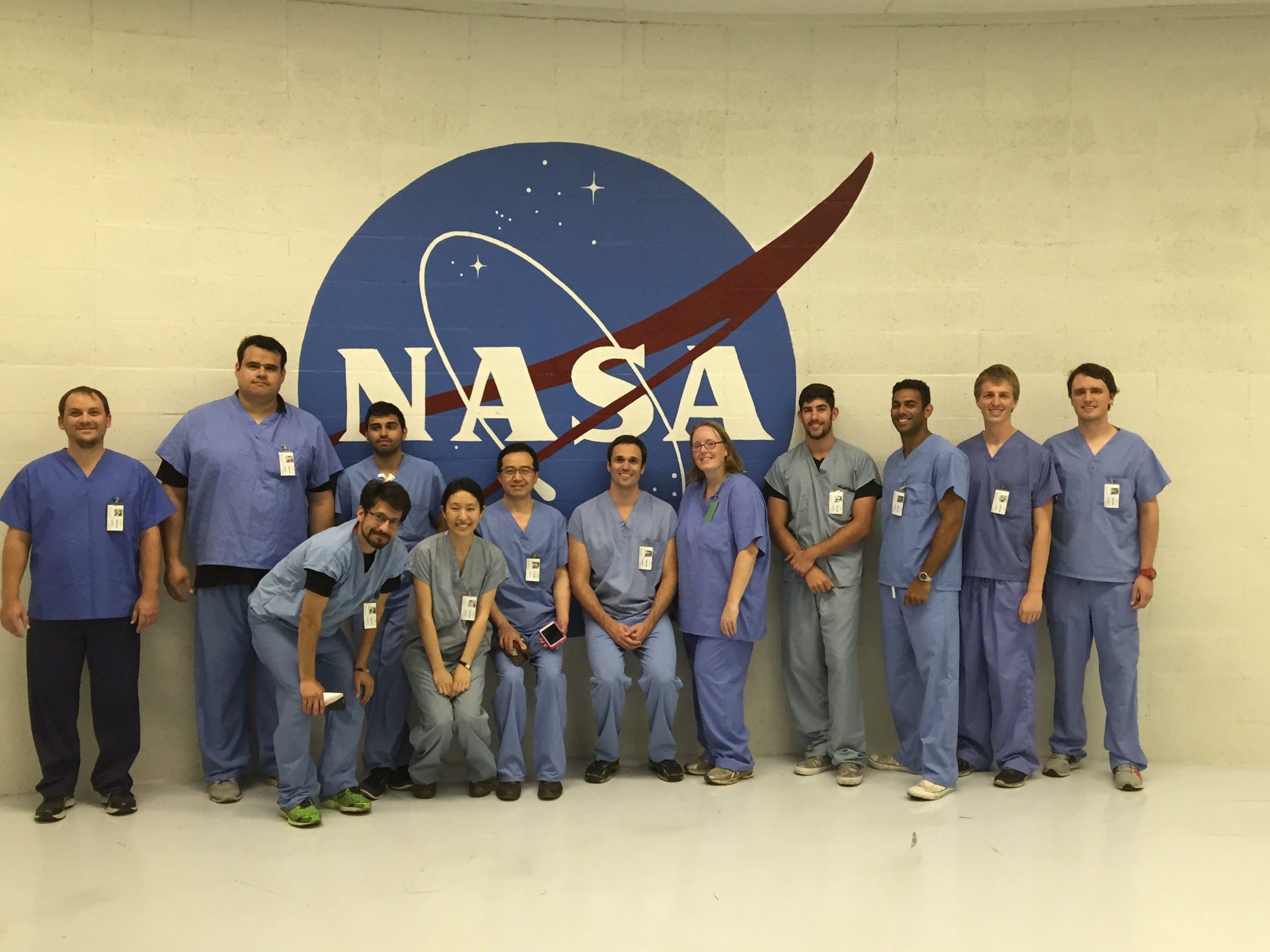Orthopedic Researcher to Send Study to Space
 Kacena's team tested the impacts of launch effects at the NASA Ames Research Center.
Kacena's team tested the impacts of launch effects at the NASA Ames Research Center.
Subscriber Benefit
As a subscriber you can listen to articles at work, in the car, or while you work out. Subscribe NowNowhere on Earth does the perfect laboratory exist for an Indiana University School of Medicine (IUSM) researcher, and that’s why her study will blast off for outer space in the coming months. Associate Professor of Orthopaedic Surgery Dr. Melissa Kacena has discovered a bone-healing therapy, and the ideal testing ground is the International Space Station, where weightlessness may uncover the true potential of her method. While it could aid healing for osteoporosis patients, car accident or gunshot victims, her main mission is helping soldiers recover from blast injuries.
Kacena says the number of soldiers suffering from blast injuries has increased significantly in the last decade, and about 85 percent of those injuries are musculoskeletal. Soldiers with significant bone damage are likely bed-ridden for months or not bearing weight on an injured leg, making conventional treatments illogical.
“Drugs that are currently available need that weight-bearing to do a good job at healing,” says Kacena. “We have a drug that works by a different mechanism; it doesn’t require the loading, and therefore, we think it will be better.”
That’s why space—where it’s impossible to bear weight—is the ideal proving ground for her drug. Kacena says controversy surrounds existing bone-healing drugs, because the animal testing phase involved the animals bearing weight immediately after receiving the medicine.
“And that’s not what happens to human patients in the same scenario,” says Kacena. “They’re not bearing weight; they’re using crutches or bed-ridden. This will be a better model.”
Scheduled for liftoff on SpaceX 10 in the coming months, the study involves 40 mice and will compare a common therapy currently used for bone-healing to her novel drug. While conventional treatments utilize bone-forming cells, Kacena’s method takes a different approach: a protein stimulates blood cells that, in turn, stimulate bone cells—triggering the first stage of bone-healing.
The 30-day experiment marks the longest bone-healing study in space to date; a previous study lasted 14 days. Time is an important factor for bone health in space, and that’s why NASA is also funding the study, in addition to the U.S. Department of Defense (DOD).
“Astronauts lose 1 percent of their bone density each month [in space], which is the same that a person with osteoporosis loses in an entire year,” says Kacena.
It’s a major hurdle to clear for long-term space missions, such as travel to Mars. NASA is researching how to shorten a human journey to Mars, but robotic missions require at least eight months to reach the Red Planet. Add time to complete on-surface objectives plus return travel, and Kacena says a three-year mission could mean astronauts would lose one-third of their skeletons.
“When you lose bone, there’s a higher risk for fracture,” says Kacena. “There’s a good chance an astronaut could fracture while they’re on Mars’ surface or immediately after they return.”
Translating research for outer space has added a new layer of challenges for Kacena. She says the IUSM team is working with NASA to train astronauts to “be our hands” on the mission. Even grasping a mouse in space is a major task; astronauts will wear heavy duty gloves while trying to find a tiny mouse in a compartment the astronaut is unable to see into. The IUSM team is working now to simplify the astronauts’ tasks associated with the study as much as possible.
“Something that would maybe take us 10 minutes on Earth will take them about an hour-and-a-half,” says Kacena. “We need to figure out easy ways to help them do this.”
While research is a pricey endeavor with scientists’ feet firmly on the ground, studies in the “final frontier” are even more expensive. Despite funding from DOD, NASA, the Orthopaedic Trauma Association and others, Kacena says the team is fundraising to reconcile a $300,000 shortfall.
Scheduled for launch likely in August, Kacena says the team will spend several months afterwards analyzing the data collected in space—hoping to answer questions that no earthly scientist has yet been able to.
Kacena says outer space is the ultimate testing ground for bone-healing therapies.
Kacena says several aspects of the research excite her, including the incorporation of her PhD in aerospace engineering.
